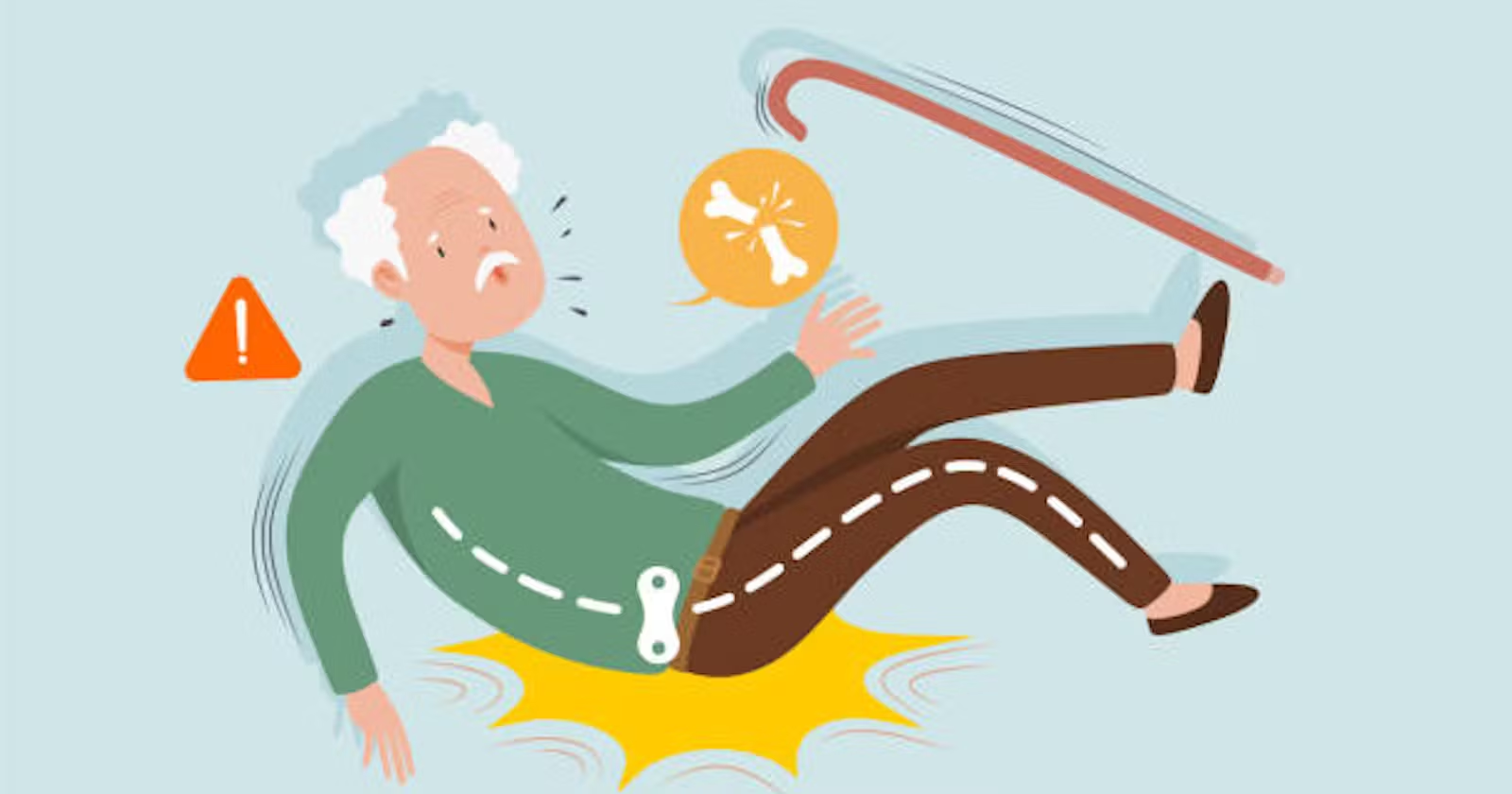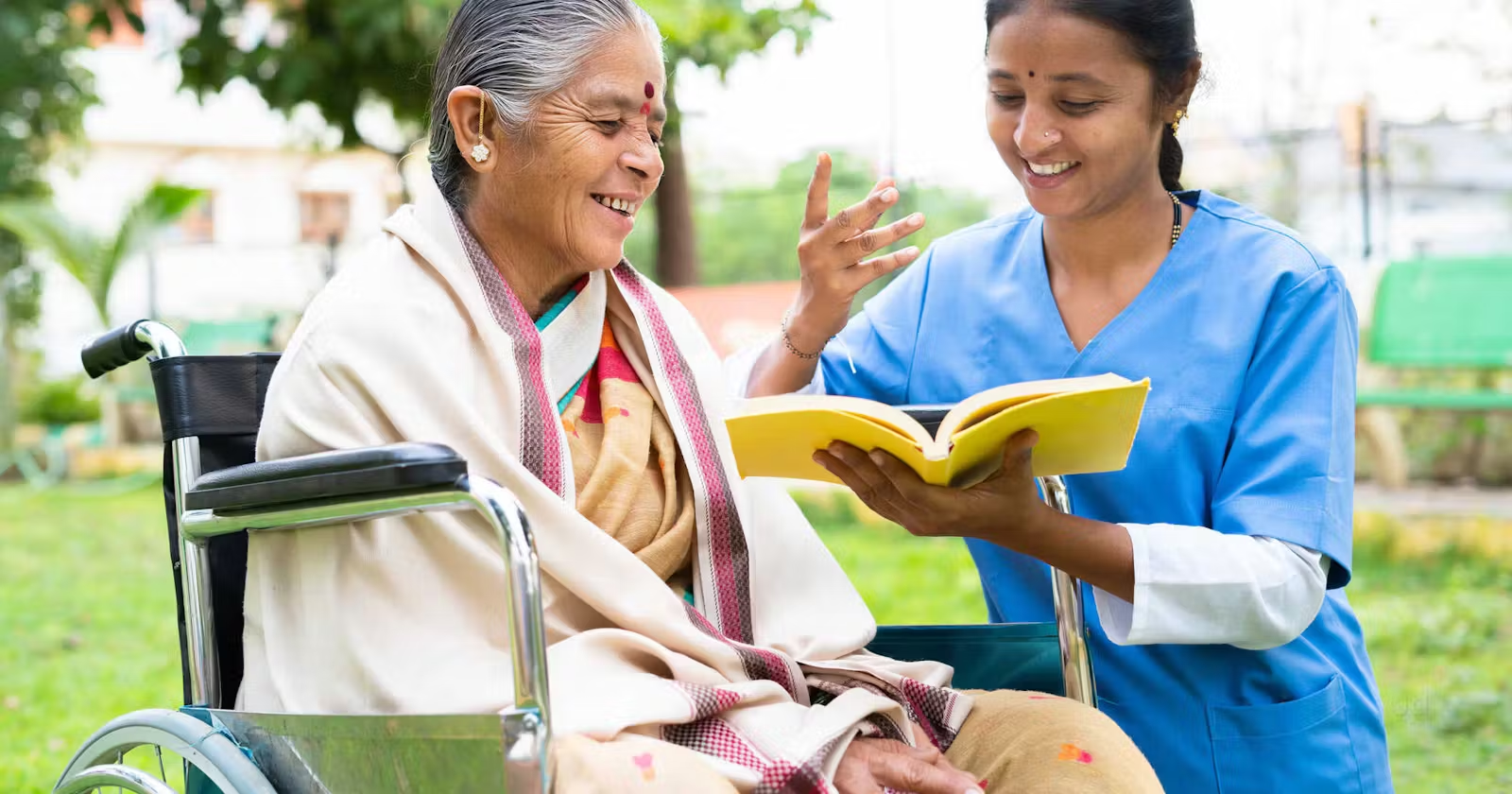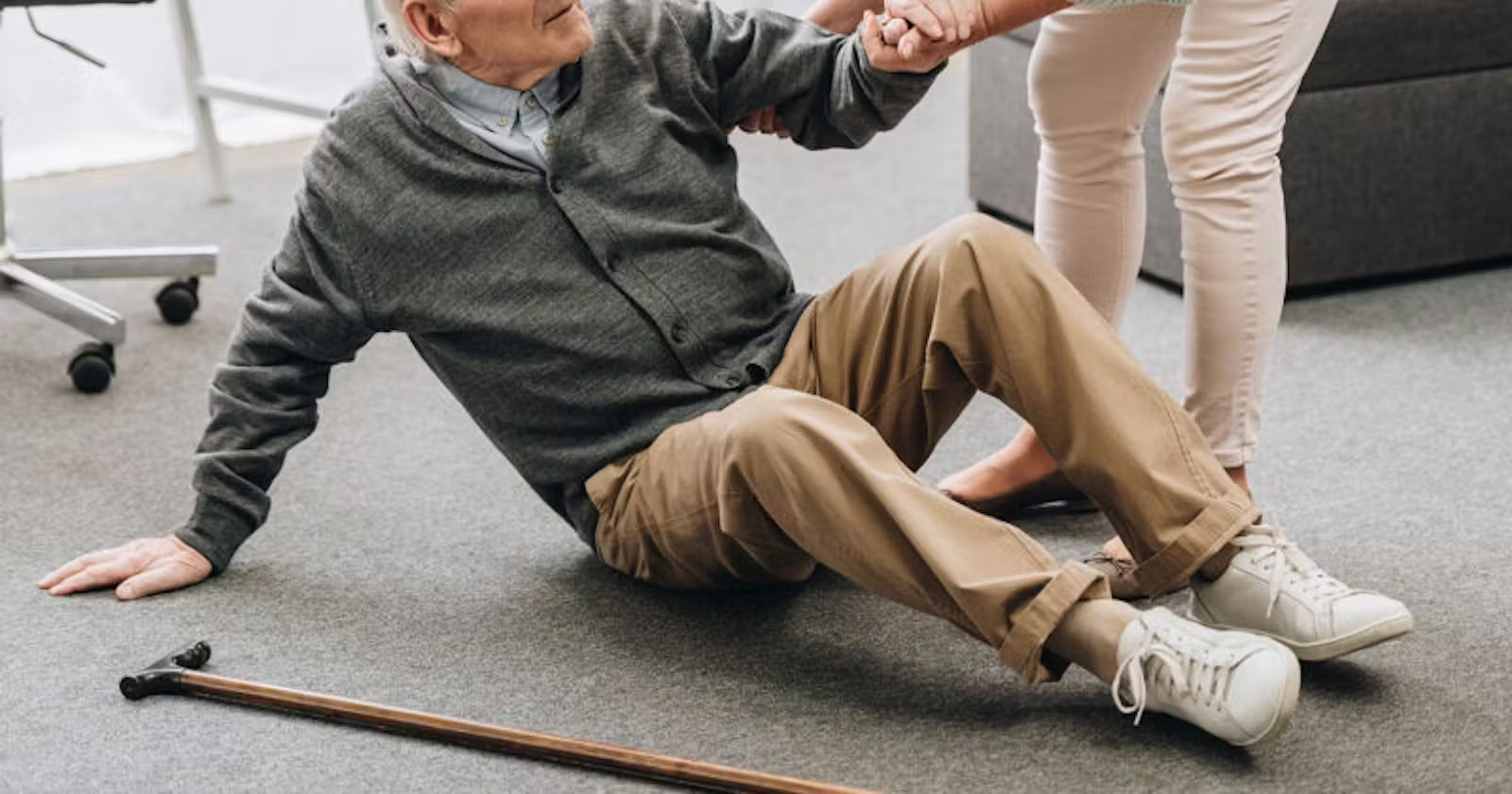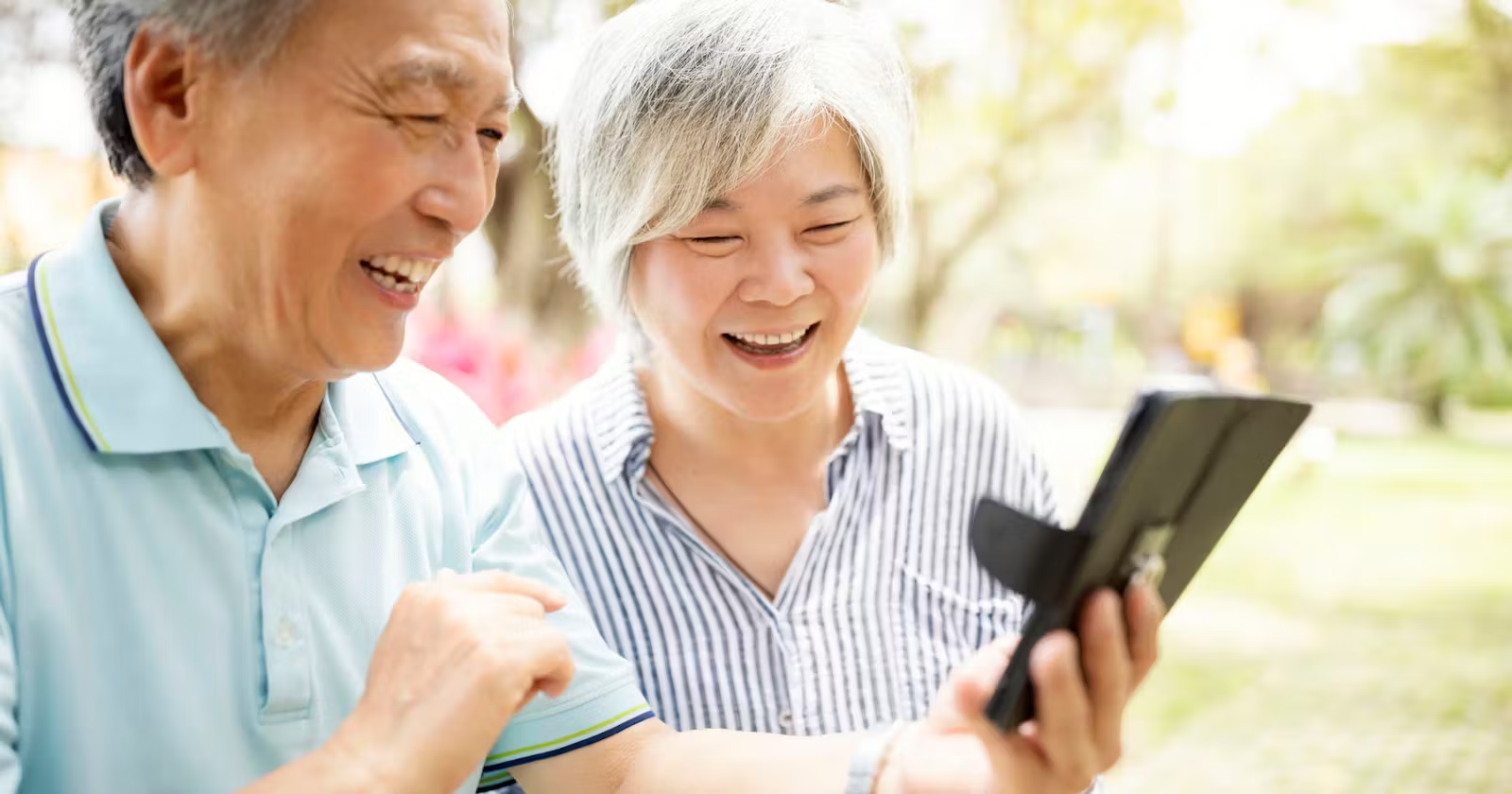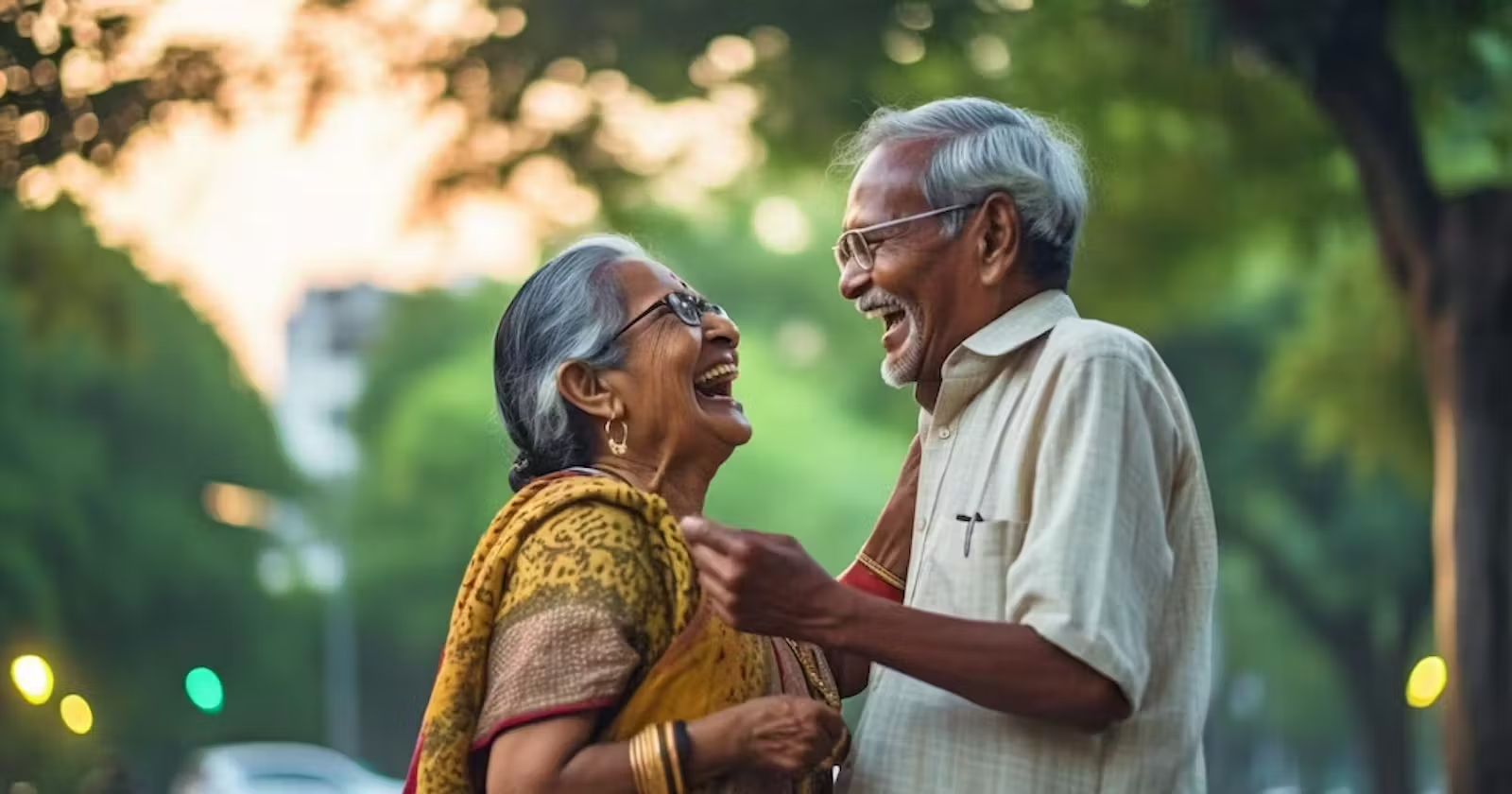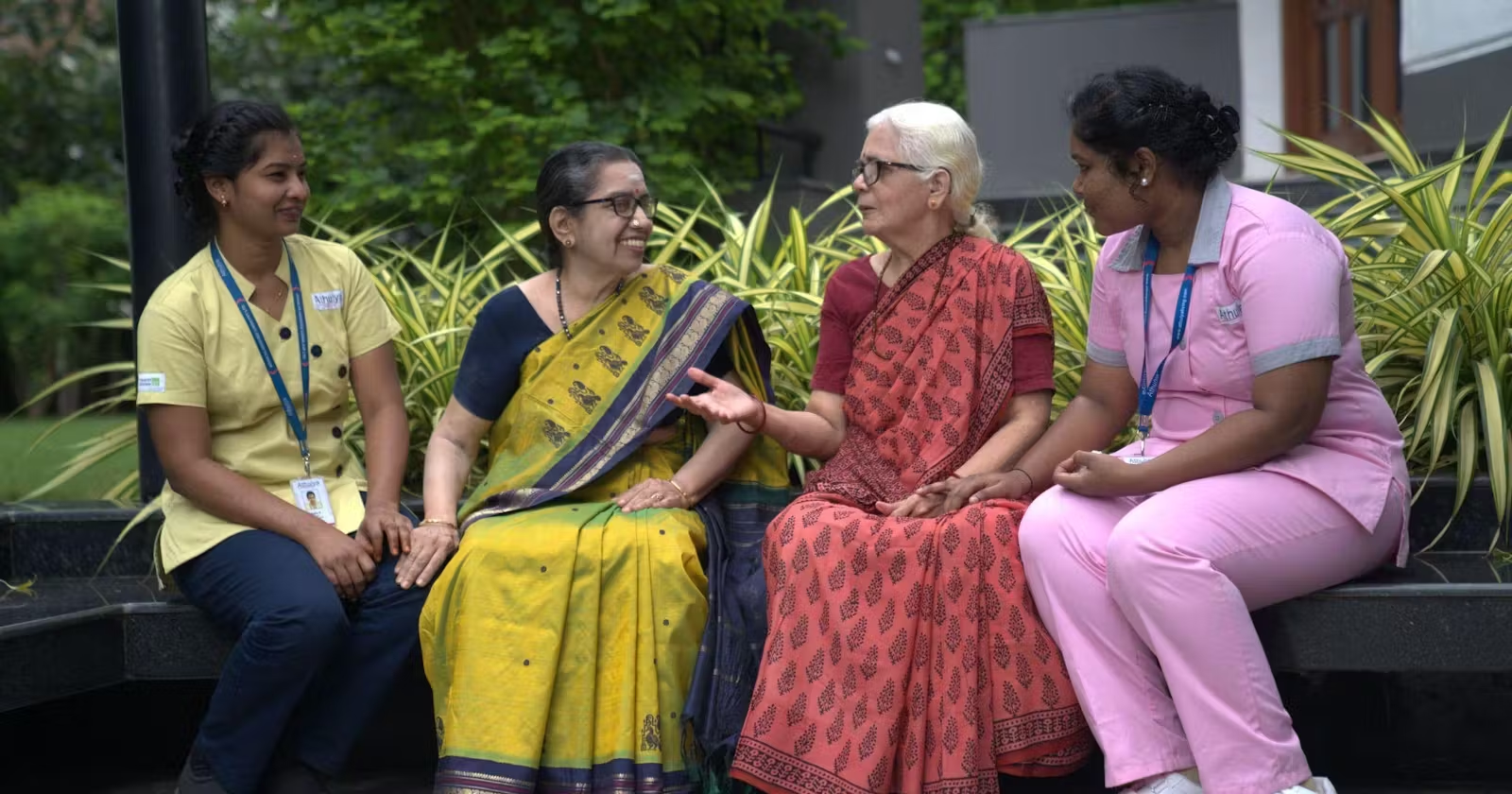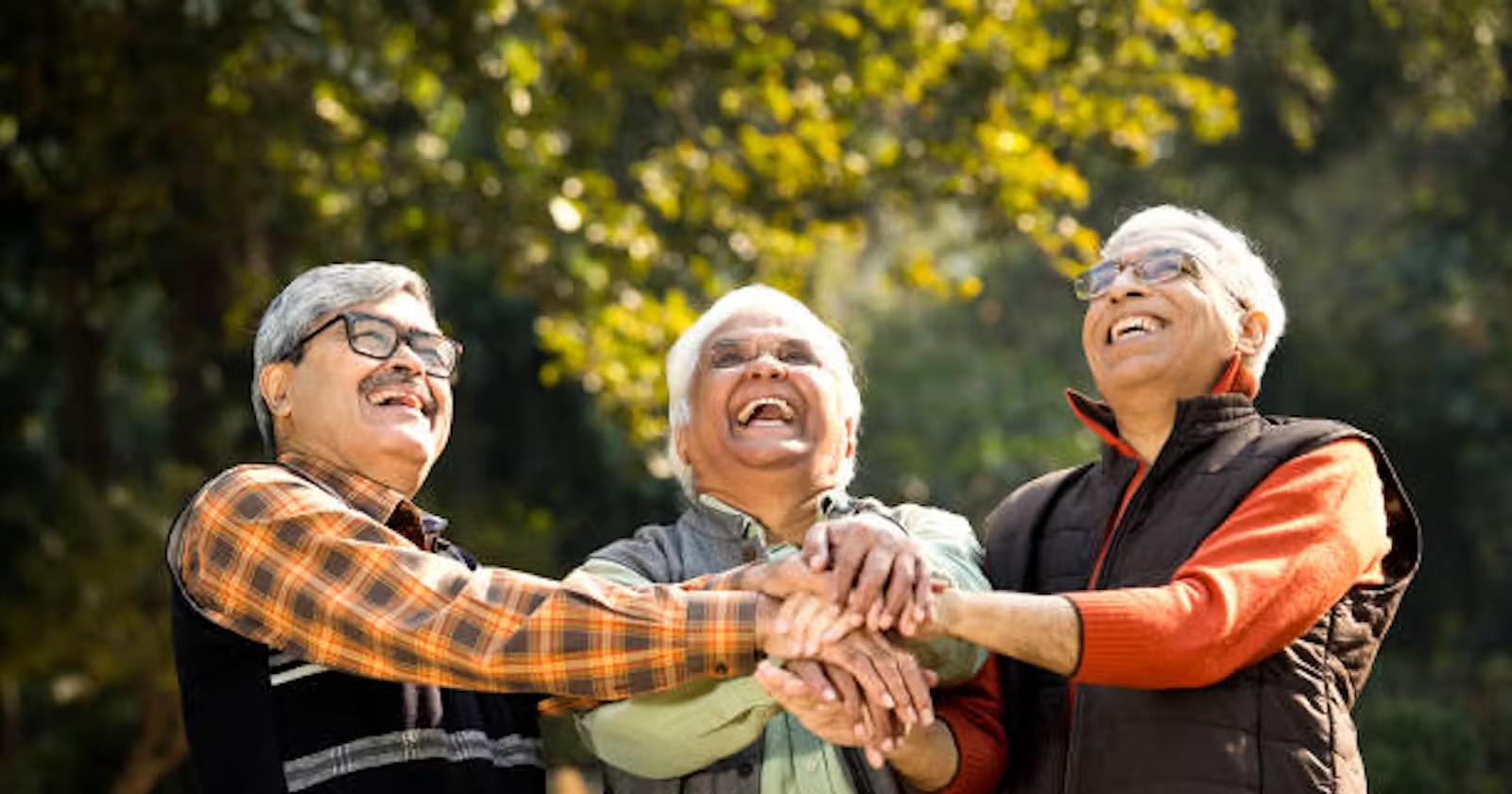A Comprehensive Guide for Caregivers
Falls are a leading cause of injury and hospitalization among elderly individuals in India, causing significant physical and emotional distress. As a caregiver for a loved one, ensuring their safety and well-being is paramount. This guide equips you with the knowledge and strategies to prevent falls in your elderly loved one and promote their independence.
Understanding Fall Risks in Elderly Adults
Several factors contribute to an increased risk of falls in seniors. Here are some key areas to consider:
Physical Decline: Age-related changes like weakening muscles, reduced balance, and vision impairment can significantly impact stability.
Chronic Conditions: Underlying health issues like diabetes, heart disease, and arthritis can affect mobility and coordination.
Medications: Certain medications can cause dizziness or drowsiness, increasing fall risk.
Environmental Hazards: Clutter, loose rugs, poor lighting, and uneven surfaces in the home can create tripping hazards.
Footwear: Improper footwear that lacks support or has worn-out soles can compromise balance.
Creating a Fall-Safe Environment
Your loved one's living environment plays a crucial role in preventing falls. Here's how to modify their space for optimal safety:
Declutter walkways and living areas. Remove unnecessary furniture and objects that could obstruct movement.
Improve lighting. Ensure proper lighting throughout the house, especially in hallways, staircases, and bathrooms.
Install grab bars in strategic locations. Secure grab bars next to the toilet, in the bathtub/shower, and near frequently used areas.
Invest in non-slip mats. Place non-slip mats in the bathroom and kitchen to prevent falls on wet surfaces.
Ensure proper footwear. Encourage your loved one to wear well-fitting, closed-toe shoes with good traction.
Remove throw rugs or secure them with double-sided tape. Loose rugs can easily cause tripping.
Promoting Balance and Strength
Regular exercise is crucial for maintaining balance and strength in elderly adults. Here are some exercises you can encourage your loved one to perform, consulting with their doctor first:
Tai Chi: This low-impact exercise program focuses on balance and coordination, making it ideal for seniors.
Walking: Regular walks can improve overall strength and leg muscle function.
Strength training: Light resistance exercises with weights or bands can help maintain muscle mass and improve stability.
Balance exercises: Simple exercises like single-leg standing or heel-toe walking can significantly improve balance.
Additional Preventive Measures
Regular health checkups: Encourage your loved one to attend regular medical appointments to monitor health conditions and medication side effects.
Vision checkups: Ensure your loved one gets regular eye exams to address any vision problems that may affect balance.
Open communication: Discuss fall concerns and safety measures openly with your loved one.
Fall risk assessment: Consult an occupational therapist for a professional assessment of potential fall risks in the home and recommendations for modifications.
Technology Solutions for Fall Prevention
Technology can offer additional support for preventing falls. Here are some examples:
Medical alert systems: These wearable devices can send an alert to emergency services in case of a fall.
Fall detection apps: Certain mobile apps can detect falls and notify designated contacts.
Remember: Preventing falls requires a holistic approach. By implementing the strategies outlined in this guide, adapting the environment, and encouraging healthy habits, you can significantly reduce your loved one's risk of falls, allowing them to maintain their independence and live a safer, happier life.
Additional Resources:
National Programme for Elderly Care in India (NPECT): https://main.mohfw.gov.in/?q=major-programmes/Non-Communicable-Diseases/Non-Communicable-Diseases-1
HelpAge India: https://www.helpageindia.org/
Indian Association of Physiotherapy: https://www.physiotherapyindia.org/
For more information, please join our newsletter and download the from Google Play and Apple App Store https://famconnect.app/
